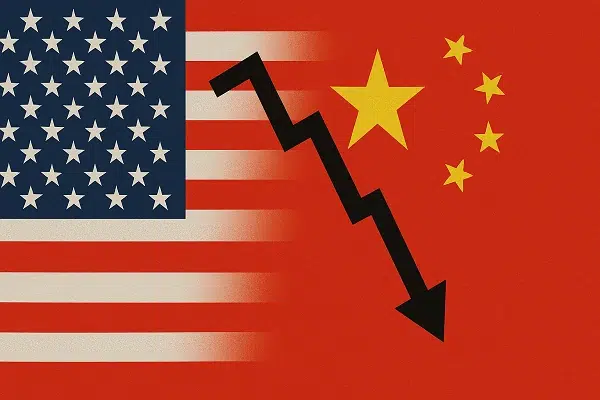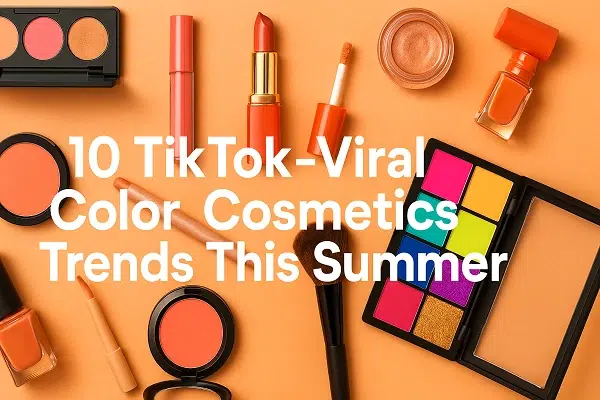As consumers increasingly prioritize eco-conscious brands, cosmetic companies are seeking innovative ways to minimize their environmental impact.
In this article, we explore 6 sustainable packaging ideas for color cosmetics, providing brands with practical and eco-friendly options to consider for their products.
1. Biodegradable and Compostable Packaging
One of the most significant strides in sustainable packaging is the development of biodegradable materials. These materials break down naturally over time, reducing the burden on landfills. Compostable packaging goes a step further by ensuring that the materials break down into organic matter that can enrich the soil.
For color cosmetics, brands can utilize biodegradable materials such as plant-based plastics (PLA) or even packaging made from mushrooms and seaweed. These materials not only reduce the carbon footprint of the product but also offer a modern, stylish aesthetic. Consumers are increasingly drawn to products that are easy to dispose of responsibly, and the growing popularity of compostable packaging is a clear sign that this is an area to watch in the future.
Key benefits:
Reduces landfill waste
Made from renewable resources
Appeals to eco-conscious consumers
2. Glass Packaging: Reusable and Recyclable
Glass has long been considered one of the most sustainable packaging materials due to its recyclability. Unlike plastic, glass can be recycled infinitely without losing its quality, making it an excellent choice for cosmetic packaging.
Many high-end color cosmetics, such as foundation bottles, lipstick tubes, and eyeshadow compacts, are now being packaged in glass containers. The durability and premium feel of glass give the product a high-end look while also being eco-friendly. Additionally, glass can be reused by consumers, further reducing its environmental footprint.
Key benefits:
100% recyclable
Can be reused multiple times
Gives products a luxurious feel
3. Metal Packaging: Sustainable and Durable
Aluminum and tin are gaining popularity as eco-friendly packaging materials in the cosmetics industry. These metals are highly recyclable and, like glass, can be recycled infinitely without degradation of quality. They are also lightweight, which helps reduce transportation emissions, another crucial factor in a product’s overall carbon footprint.
Metal packaging is already being used for products such as compact powder cases, lipstick tubes, and mascara wands. The durability of metal ensures that products remain well-protected during shipping, while the sleek, modern appearance appeals to consumers who are looking for sustainable yet stylish options.
Key benefits:
Highly recyclable and durable
Lightweight for better transportation efficiency
Offers a sleek and modern aesthetic
4. Refillable Packaging Systems
Refillable packaging is an innovative solution that allows consumers to purchase refills of their favorite color cosmetics while reusing the original packaging. This model encourages long-term use and helps cut down on packaging waste.
Several cosmetic brands have already adopted refillable packaging for products such as foundation, powder, and even lipstick. The refillable design often includes a durable case made from high-quality materials like aluminum or glass, and the refill pods are typically made from eco-friendly plastics or biodegradable materials.
Key benefits:
Significantly reduces single-use packaging waste
Encourages repeat purchases while promoting sustainability
Attractive to consumers who want to minimize their environmental footprint
5. Recycled Plastic Packaging
Recycled plastic is an excellent alternative to virgin plastic, as it repurposes materials that would otherwise contribute to landfill waste. By using recycled plastic in color cosmetics packaging, brands can reduce the demand for new plastic production, which helps conserve natural resources and lower carbon emissions.
Many companies are now using post-consumer recycled (PCR) plastic in their product packaging, which helps close the loop in the recycling process. This is particularly important in the beauty industry, where the volume of plastic waste generated is significant.
Key benefits:
Reduces the need for virgin plastic production
Lowers carbon emissions associated with plastic manufacturing
Supports the recycling industry and the circular economy
6. Paper and Cardboard Packaging
For some color cosmetics products, particularly those with less risk of exposure to moisture, paper and cardboard can be a viable alternative. These materials are biodegradable, recyclable, and easily printed with brand logos and information. They are ideal for packaging products like blush, bronzer, eyeshadow, and even lipstick.
Innovative techniques are being used to enhance the strength and water resistance of paper packaging, making it a more viable option for the beauty industry. Furthermore, paper and cardboard are often made from renewable sources and are widely accepted in recycling programs.
Key benefits:
Biodegradable and recyclable
Made from renewable resources
Lightweight and cost-effective
Conclusion: Embracing Sustainable Packaging in the Beauty Industry
The cosmetic industry is at a pivotal point in terms of its environmental responsibility, and packaging plays a central role in this transformation. As consumers become more environmentally conscious, they are actively seeking out brands that prioritize sustainability in their packaging choices. By adopting eco-friendly packaging solutions such as biodegradable materials, glass, metal, refillable systems, recycled plastics, and paper, color cosmetics brands can meet the growing demand for sustainable products while contributing to a greener future.







